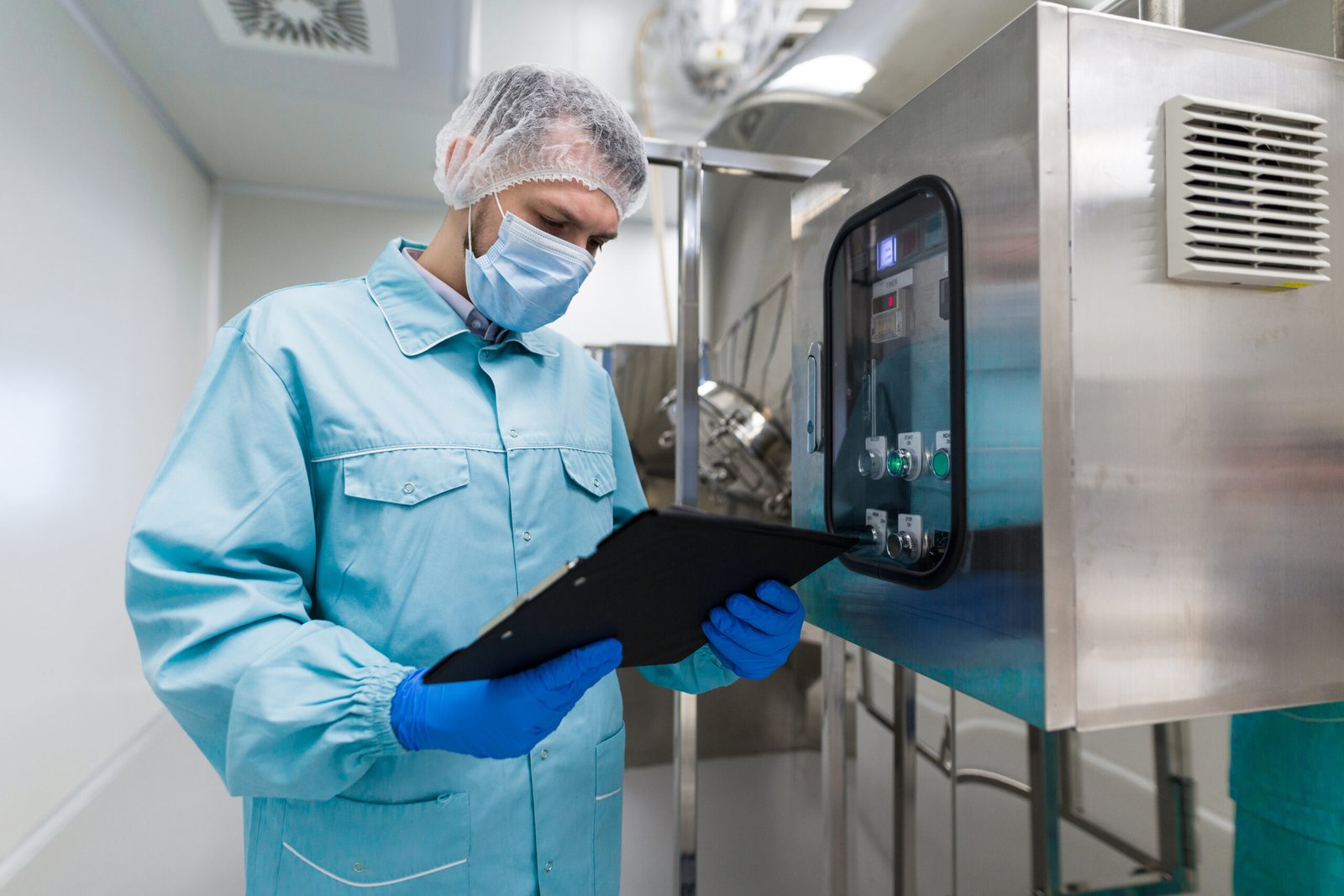Cleanrooms are essential for industries where even microscopic contaminants can compromise safety and quality. From pharmaceuticals to electronics, the engineering of these controlled environments demands precision, regulation, and innovation. This blog explores the core principles of cleanroom design, operation, and future trends to help professionals maintain compliance and ensure optimal performance.
What Is a Cleanroom?
A cleanroom is a controlled environment designed to maintain extremely low levels of particulates, such as dust, microbes, and aerosol particles. These spaces are classified by standards like ISO 14644‑1 and federal ISO classes, based on airborne particle count. Proper cleanroom design relies on airflow systems, HEPA/ULPA filters, and sealed enclosures to prevent contamination. Cleanrooms range from ISO Class 1 (ultra‑clean) to ISO Class 9 (basic control), depending on industry application. For industries like pharmaceuticals or biotechnology, air cleanliness, temperature, humidity, and pressure control are vital to product quality.
Engineering Principles Behind The Cleanroom Code
1.Airflow Design
Airflow systems use laminar (unidirectional) or turbulent (non-unidirectional) flow patterns. Laminar flow ensures uniform, slow air movement directly over work areas to sweep away contaminants. Brands like Dyson and TSI utilize airflow computational fluid dynamics (CFD) modeling for precise air velocity control.
2.Filtration Efficiency
HEPA (High-Efficiency Particulate Air) filters remove 99.97% of particles ≥0.3 µm, while ULPA filters exceed 99.999% for ≥0.12 µm. Engineering designs calculate minimum recirculation cycles to maintain desired cleanliness levels.
3.Pressurization and Airlock Design
Cleanrooms are maintained at positive pressure relative to adjacent spaces to prevent unfiltered air infiltration. Critical zones, like gowning rooms, serve as airlocks transition areas where personnel don protective clothing and minimize particle transfer.
4.Temperature & Humidity Control
Precise environmental parameters protect sensitive processes. For example, semiconductor wafer production may require ±1°C and humidity control within 40–60% RH. Environmental systems integrate sensors controlled via HVAC (Heating, Ventilation, and Air Conditioning) linked to building management systems (BMS).
Cleanroom Standards and Compliance
Adherence to standards ensures consistency and regulatory approval:
-
ISO 14644‑1 classifies air cleanliness; ISO 14644‑2 defines monitoring and testing.
-
cGMP (current Good Manufacturing Practices) for pharmaceuticals require validated cleanrooms, cleaning procedures, and documentation.
-
FDA & EMA guidelines demand evidence of control over particulates, microbial limits, equipment calibration, and staff training.
Engineers perform certification tests such as particle counts, airflow visualization (smoke or fog testing), pressure differentials, temperature/humidity records, and filter integrity (DOP/PAO tests). Maintaining validation is essential during construction, upgrades, and yearly reviews.
Operation and Maintenance Strategies
Even well engineered cleanrooms require rigorous maintenance to remain effective,
1.Cleaning Protocols
Use medical-grade, low-particulate cleaning agents and techniques: starting from high to low areas and using lint-free wipes. Cleaning frequency depends on class levels and classification; ISO Class 5 environments may require hourly spot-cleaning.
2.Monitoring Systems
Environmental monitoring (EM) generates real-time data for particle counts, pressure, air velocity, microbial activity, temperature, and humidity. Automated systems trigger alerts and corrective actions for deviations.
3.Gowning Procedures
Personnel introduce major contamination risk. Standard protocols include donning suits, masks, gloves, and boot covers in an airlock. Training, audits, and signage ensure compliance.
4.Preventive Maintenance
Include HVAC servicing, filter replacement schedules, sensor recalibration, and airflow rebalancing. A facility management software or CMMS (computerized maintenance management system) centralizes schedules, records, and alerts.
Smart Cleanrooms & Industry 4.0
Innovations in cleanroom engineering are paving the way for smart facilities
-
IoT sensors networked throughout monitor air quality, pressure, and energy use. Real-time dashboards enable predictive maintenance and improved uptime.
-
AI-enabled process control analyzes data patterns to forecast deviations before they impact cleanroom performance.
-
Robotics and automation, such as autonomous cleaning bots and material handlers, reduce human contamination risk.
-
Energy optimization strategies, including variable air volume (VAV) systems, heat recovery, and efficient filtration, help manage costs while maintaining high cleanliness.
These advancements not only improve compliance but also enhance sustainability and productivity.
Conclusion
-
Cleanroom environments are engineered to control particles, pressure, temperature, and humidity.
-
ISO 14644 and cGMP regulations guide design, operation, and validation processes.
-
Airflow patterns, filtration systems, and positive pressure are foundational elements.
-
Regular cleaning, monitoring, and preventive maintenance are critical for sustained performance.
-
Industry 4.0 technologies like IoT and AI are shaping the future of cleanroom management.
-
Proper gowning, training, and protocols significantly reduce human-based contamination.
-
Investing in smart infrastructure leads to greater efficiency, sustainability, and compliance.
Mastering the cleanroom code ensures not only product quality but also the safety, reputation, and regulatory success of your operation.




